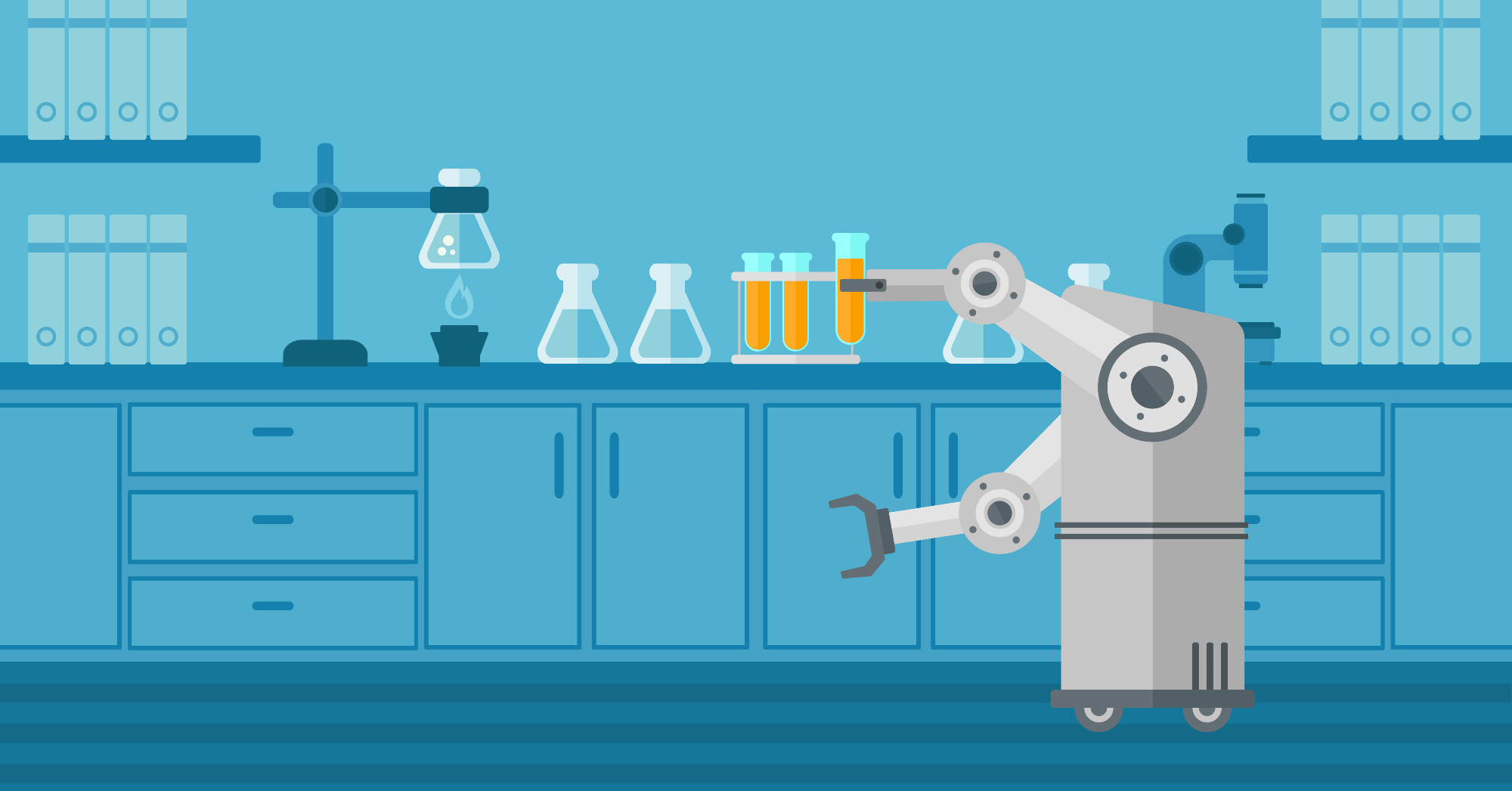Automation has become a modern buzzword for several industries and research sectors around the world, but the idea of employing robotics for laboratory procedures has intrigued researchers for years. Ever since the industrial age and the growth of computational measurement systems, innovators have been progressively automating various tedious processes.

Image Credit: Shutterstock/Visual Generation
The production line allowed pharmaceutical researchers to make and supply superior-quality medicinal and therapeutic products on previously immeasurable scales, but it was not until the 1960s that the applications of true robotics in scientific fields started to materialize.
The History of Laboratory Robotics
In 1961, a patent for robotic arms was filed, resulting in a groundbreaking swathe that saw the invention of the first fully functional robotics for laboratory applications. These basic arms could perform repetitive processes with unmatched degrees of consistency and precision, virtually erasing the margin of human error totally. Tedious activities such as dosing and mixing could currently be de-prioritized, allowing researchers to pay attention to analysis and processes that are more complex. However, these initial robotics products were expensive and simple, necessitating a substantial initial investment and continuing maintenance considerations.
Laboratory arms are still an extensively utilized form of research robotics, but latest innovations have led to a new form of laboratory robotics: modular mixers. These are, at present, the robotics component of choice for a number of laboratory processes, building upon the exceptional proven properties of conventional automation technologies and expanding them greatly.
These modular systems are frequently tailor-made to suit application-specific requirements, and are currently capable of performing a variety of critical laboratory tasks, including homogenizing, crushing, and liquid dispensing. They function at a level of repeatability that is unparalleled to human capabilities, delivering near-perfect levels of accuracy and repeatability. These come fitted with user-friendly controls and can often be combined with existing laboratory systems. Contemporary standards of robotics are presently supplementing a wide range of laboratory processes in facilities around the world and, for numerous reasons, are more economical than before.
Laboratory Robotics from Glas-Col
Glas-Col is adept in the design, manufacture, and supply of state-of-the-art laboratory equipment and solutions for laboratory facilities of any size. The company offers custom products for tailored applications, including modular mixers designed for several laboratory processes.
Glas-Col’s Modular Mixer line is robotics-friendly, delivering guaranteed levels of accuracy and ensuring components move at predetermined speeds and stop at the exact same spot every time.

This information has been sourced, reviewed and adapted from materials provided by Glas-Col.
For more information on this source, please visit Glas-Col.